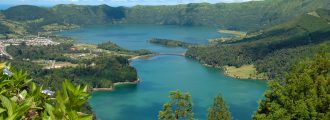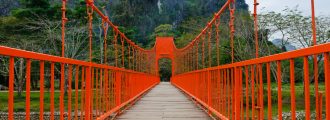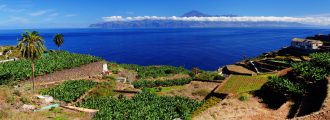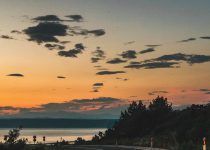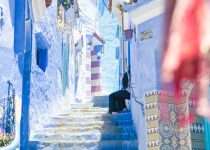Tunisia – history, culture and beaches
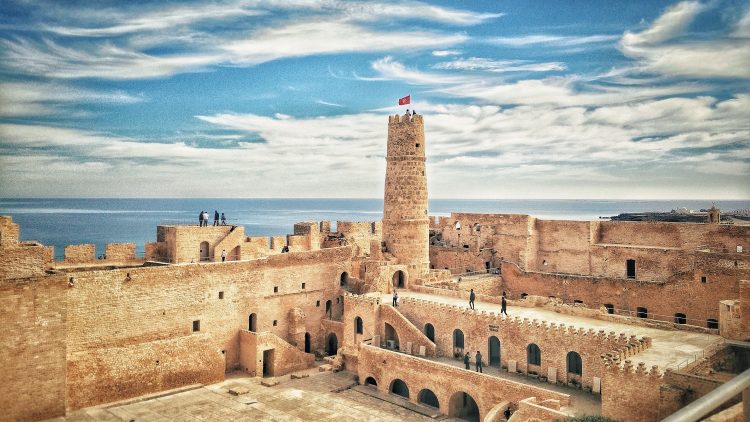
In the north of Africa, right on the coast of the Mediterranean Sea lies Tunisia. The country itself is known for its warm climate, long beaches but also its rich culture and history.
Located between the sea in the north and the Sahara Desert in the south are several beaches, impressive mosques, and archaeological treasures to be found. The bigger cities Tunis, Sfax, and Kairouan are located in the northern part of the country and either directly at the sea or very close to it.
The climate in Tunisia is rather moderate in wintertime and hot in the months of June to September. In the north of the country, you can find forests and palm trees likewise, while the south is characterized by barren land and desert.
Tunis
The capital Tunis is roughly 1.500 years old and is home to more than 700 magnificent monuments. The medina, meaning the historical city center, of Tunis is UNESCO world heritage since 1979. The town has grown naturally and hasn’t been planned much, so you can find different neighborhoods directly next to each other. You start your walk in a normal street with apartments, stroll through the street to find a stunning palace, a library in the next street, or even a mosque. Throughout the decades the Arabs, Berbers, Andalusians, Turks, Romans, and Byzantines have left their mark on the architecture of the city. Even though the city is rather old compared to others in the Arabic world, it has one of the best maintained historical city centers. While you are exploring the city center, you can find medieval as well as modern buildings.
Kairouan
2 hours south of Tunis you can find the city of Kairouan. It is a typical north African town, with small winding streets and vibrant markets. But this town is special. The city has been founded in the year 670 by Uqba ibn Nãfi as the first Islamic city in Africa. From the original city, the walls are one gate still intact and are used as the main entrance to the city. Next to the magnificent architecture of the city walls, you can also visit the oldest minaret in the world from the 8th century. If you are visiting the town, you need to explore the Souks, as the markets are called. Originally the town created 12 different markets that have been divided by the different trades. Nowadays the markets are still determined by their trades, but not as strict as they used to be in the 7th century. Through the small streets, you can reach the Souks and you can experience a unique diversity of smells and colors in this oriental market.
Jabil National Park
Further south you can find the biggest national park in Tunisia. The Jabil National Park gives you an impression, how the Sahara feels. 1.500 km2 that are predominantly characterized by sand dunes will give you a small insight into the barren landscape of the desert, that awaits you in the south.

